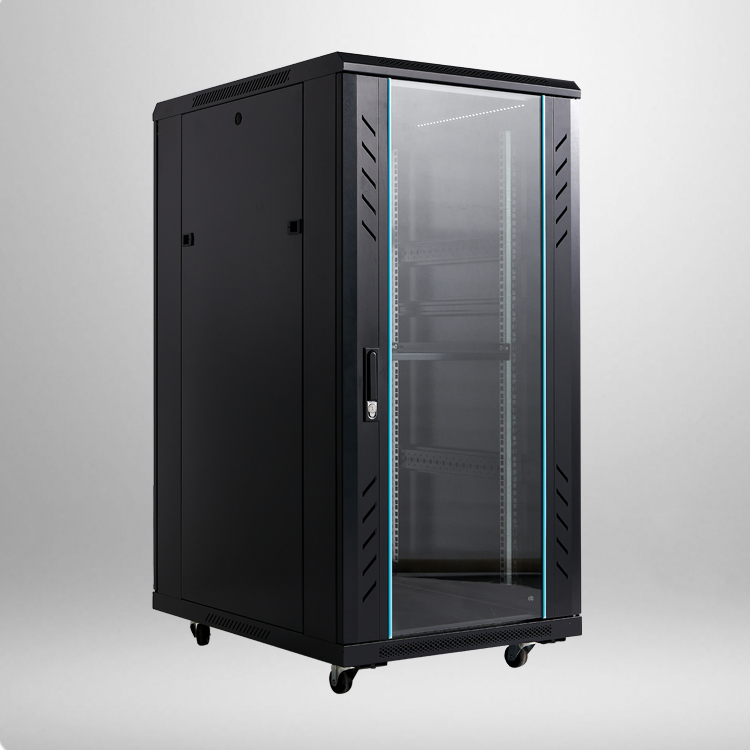
When it comes to managing your network infrastructure, it is essential to have an organized and efficient setup. A server cabinet is an excellent solution for streamlining your network. It provides a secure and centralized space to house your servers, network switches, and other equipment. In this article, we will explore the benefits of using a server cabinet and how it can help optimize your network performance.
First and foremost, a server cabinet offers physical security for your network equipment. It typically comes with lockable doors and panels, preventing unauthorized access to your servers. This is particularly important in environments where sensitive data is stored and security is a top priority. By keeping your servers in a secure cabinet, you can minimize the risk of physical tampering and potential data breaches.
Moreover, a server cabinet helps consolidate your network equipment in one place. This improves efficiency and makes it easier for IT personnel to manage and troubleshoot any issues that may arise. Rather than having servers scattered around your office or data center, a server cabinet provides a centralized location for equipment storage. It simplifies cable management, reduces clutter, and facilitates easier maintenance and upgrades.
In addition, a server cabinet promotes proper airflow and cooling for your network infrastructure. With its built-in ventilation systems, a server cabinet helps dissipate heat generated by servers and other equipment. Servers operate optimally within a specific temperature range, and overheating can lead to performance issues and potential hardware failure. A well-ventilated server cabinet ensures that your servers stay cool, maximizing their lifespan and reliability.
Furthermore, a server cabinet offers the flexibility to accommodate growth and expansion. It provides ample space for additional servers and networking devices, allowing you to scale your network infrastructure as your business needs evolve. Many server cabinets come with adjustable shelves and mounting options, making it easy to add or reconfigure equipment as necessary. This scalability is crucial for businesses that anticipate future growth or have fluctuating network requirements.


